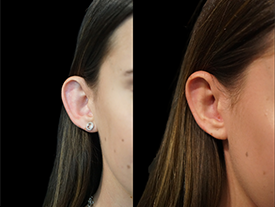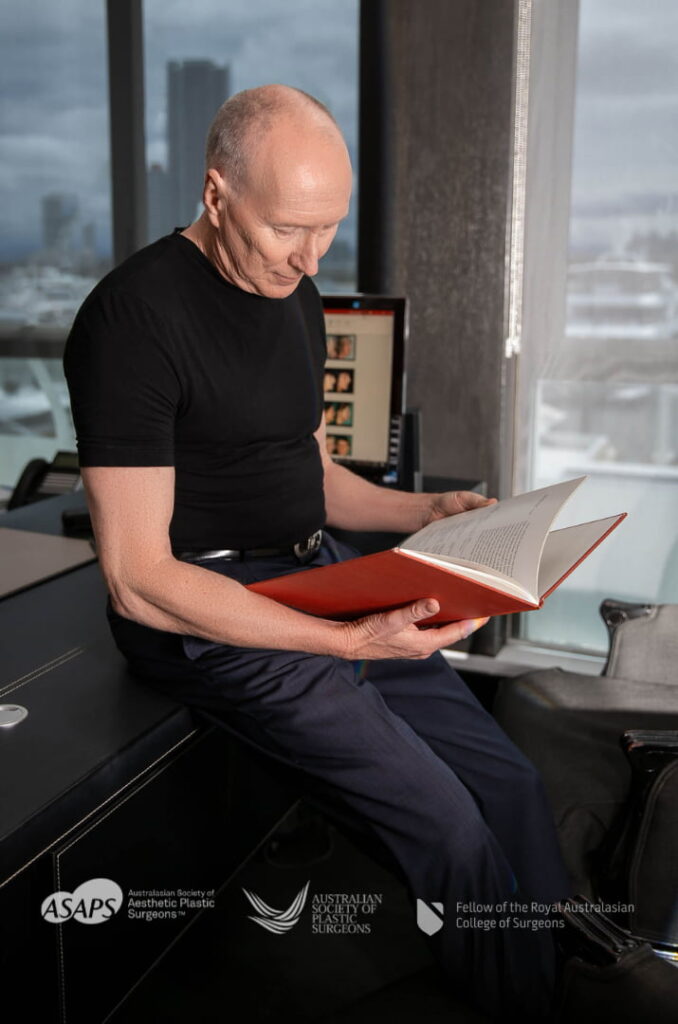Otoplasty Ear Correction: The Surgical Procedure
As a surgical procedure, we give patients a general anesthetic beforehand to help reduce any pain.
The surgeon will reshape the supporting tissue of the ears, known as cartilage, in order to position ears closer to your head. Dr Scamp usually does this by making small incisions behind the patient’s ears.
He will remove any excess skin once he has altered the cartilage. Then, he will close up the incisions. Dr Scamp will try to position the scars so they are concealed in the natural skin crease. This means visible scarring is generally minimal after surgery, although this can vary.
Ear correction, or Otoplasty, usually takes around 90 minutes, depending on the shape and size of the ears. Patients can expect some minor itching and discomfort post-operatively, which can be alleviated using pain medication along with adhering to post-operative instructions for optimal recovery.
Otoplasty Recovery
After surgery, patients may expect some swelling and bruising. This will gradually reduce with rest and downtime. In addition, patients will need to wear a bandage for seven days to help the ears heal in their new position. Pain relief is crucial during this period, and various medications can be used to manage post-operative discomfort.
Patients must also avoid strenuous exercise and contact sports for several weeks. Patients can resume most light activities within one week of surgery. This can include returning to daily routine and work or school.
Patients will need to wear a headband at night for four weeks. Children need to be old enough to cooperate with the bandaging regime. Generally, six years of age is the preferred minimum age for the procedure.
Gold Coast surgeon Dr Terrence Scamp will provide patients with further guidelines on the care of your ears post-op. Following his guidance will aid patients in promoting the natural healing process.









